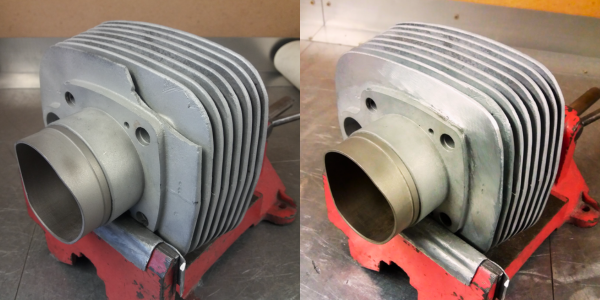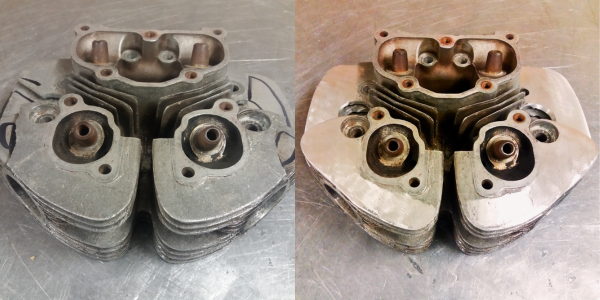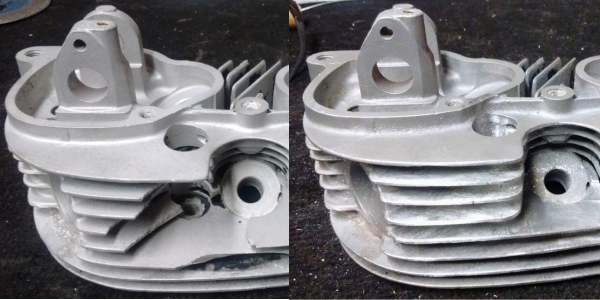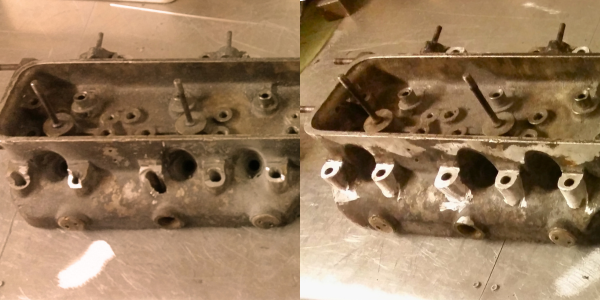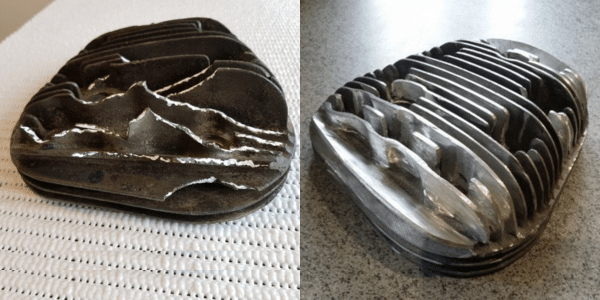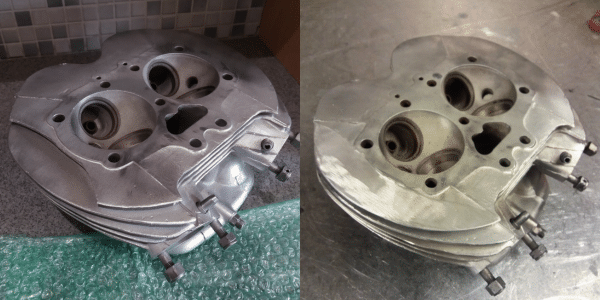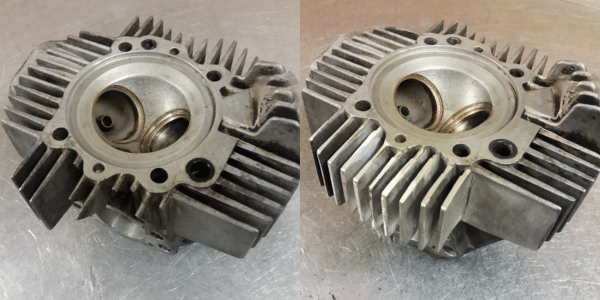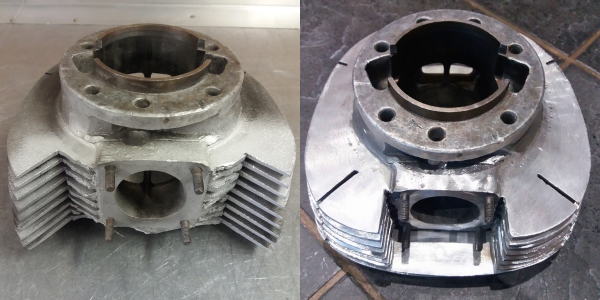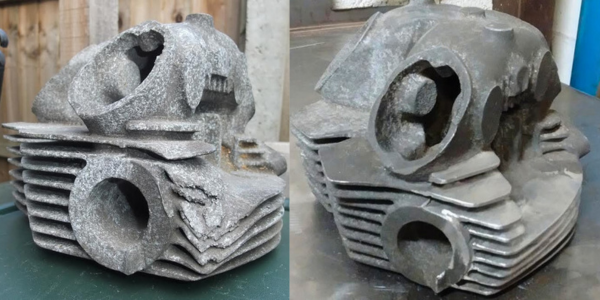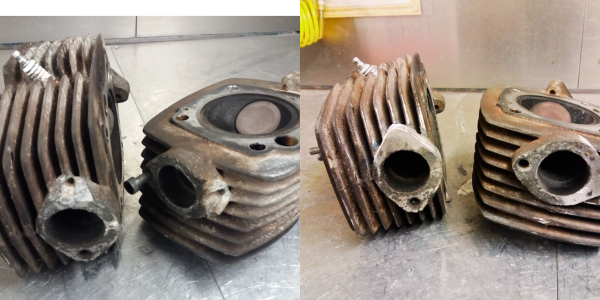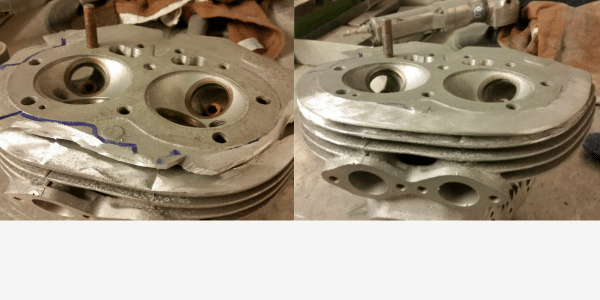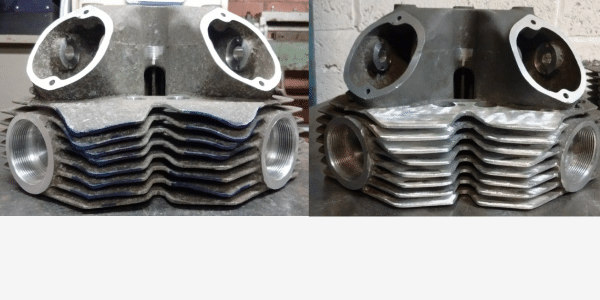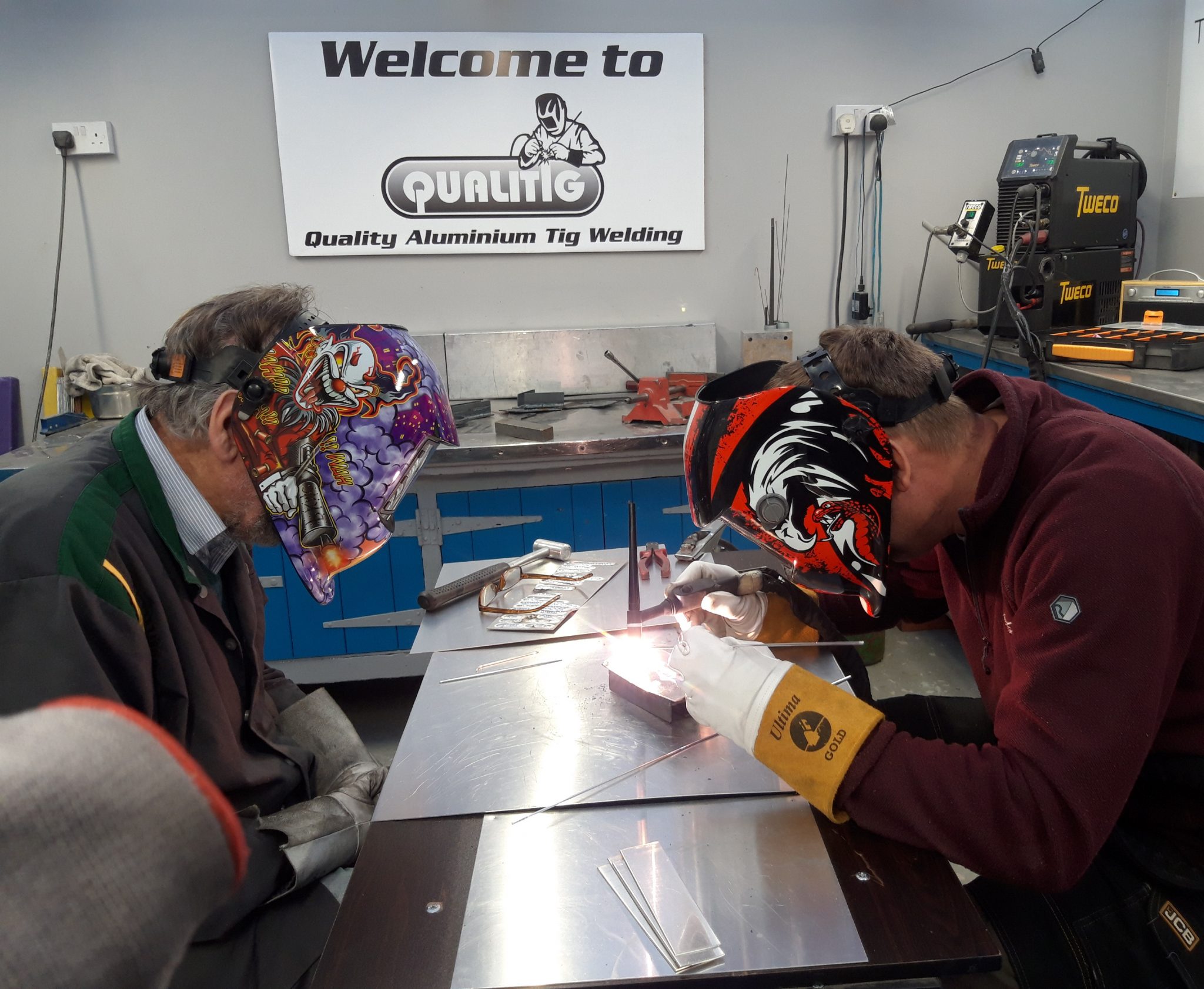Frequently Asked Questions
What are common cylinder head repair techniques?
Common cylinder head repair techniques include welding, resurfacing, and valve seat replacement. These methods restore functionality and improve performance by addressing cracks, warping, and worn components, ensuring the cylinder head operates efficiently.
How do you assess cylinder head damage?
Assessing cylinder head damage involves a thorough visual inspection for cracks, warping, and corrosion, along with pressure testing to identify leaks. This comprehensive evaluation ensures the integrity and functionality of the cylinder head before proceeding with repairs.
What materials are used for cylinder head repairs?
The materials used for cylinder head repairs typically include high-quality welding rods, aluminum or cast iron fillers, and specialized adhesives designed for metal bonding, ensuring durability and precision in the repair process.
How long do cylinder head repairs typically take?
The duration of cylinder head repairs typically varies based on the extent of damage and the specific services required. Generally, repairs can take anywhere from a few hours to a couple of days to complete.
What is the cost range for cylinder head repairs?
The cost range for cylinder head repairs typically varies between £200 and £800, depending on the extent of the damage and the specific services required.
Can all cylinder heads be repaired?
Not all cylinder heads can be repaired. While many can be restored to their original condition, severe damage may render some beyond repair. It's best to consult with a professional to assess the specific situation.
What tools are essential for cylinder head welding?
The essential tools for cylinder head welding include a TIG welder for precision, appropriate filler materials, a grinder for surface preparation, and protective gear to ensure safety during the welding process.
How do you ensure precision in cylinder head repairs?
Ensuring precision in cylinder head repairs involves utilising advanced machinery, meticulous measuring techniques, and skilled craftsmanship. Our team carefully inspects each component to guarantee optimal performance and durability, maintaining the highest standards throughout the repair process.
What are the signs of a damaged cylinder head?
The signs of a damaged cylinder head include overheating, engine misfires, coolant leaks, and white smoke from the exhaust. If you notice any of these symptoms, it’s crucial to seek professional assessment and repair.
How does welding affect cylinder head integrity?
Welding can significantly impact cylinder head integrity by restoring structural strength and sealing cracks. However, improper techniques may lead to warping or further damage, making skilled workmanship crucial for maintaining optimal performance and longevity.
What is the process for welding cylinder heads?
The process for welding cylinder heads involves several key steps: first, the head is inspected for cracks and damage; then, it is cleaned and prepped; next, precision welding is performed to repair any defects; finally, the head is machined to ensure a perfect fit.
Are there specific techniques for aluminium cylinder heads?
Specific techniques for aluminium cylinder heads include precision welding, heat treatment to prevent warping, and careful machining to ensure a perfect fit and optimal performance. These methods are essential for maintaining the integrity and longevity of the heads.
How do you prepare a cylinder head for welding?
Preparing a cylinder head for welding involves thorough cleaning to remove oil, dirt, and contaminants, followed by inspecting for cracks or damage. Properly securing the head and ensuring it is at the correct temperature are also essential steps.
What safety measures are needed for welding?
The necessary safety measures for welding include wearing protective gear such as helmets, gloves, and flame-resistant clothing, ensuring proper ventilation, and using fire-resistant materials to prevent accidents and injuries.
How can I maintain my cylinder head after repair?
Maintaining your cylinder head after repair involves regular inspections for leaks and ensuring proper coolant levels. Additionally, keep the engine clean and avoid overheating to prolong the life of the repair.
What are the benefits of professional cylinder head repairs?
The benefits of professional cylinder head repairs include enhanced engine performance, improved fuel efficiency, and extended engine life. Expert repairs ensure precision and quality, reducing the risk of future issues and costly replacements.
How do you choose a cylinder head repair service?
Choosing a cylinder head repair service involves evaluating their expertise, quality of workmanship, and customer reviews. Look for a workshop that showcases their previous work and offers transparent pricing and warranties, ensuring you receive reliable and skilled service.
What is the warranty on cylinder head repairs?
The warranty on cylinder head repairs at Qualitig covers workmanship and materials for a specified period, ensuring your investment is protected and providing peace of mind regarding the quality of our services.
What are the common mistakes in cylinder head repairs?
Common mistakes in cylinder head repairs include inadequate cleaning, improper alignment during reassembly, neglecting to check for warping, and using incorrect torque specifications. These errors can lead to leaks, reduced performance, and premature failures.
How can I improve the lifespan of my cylinder head?
The lifespan of your cylinder head can be improved by ensuring regular maintenance, using high-quality lubricants, monitoring engine temperatures, and promptly addressing any signs of wear or damage.
